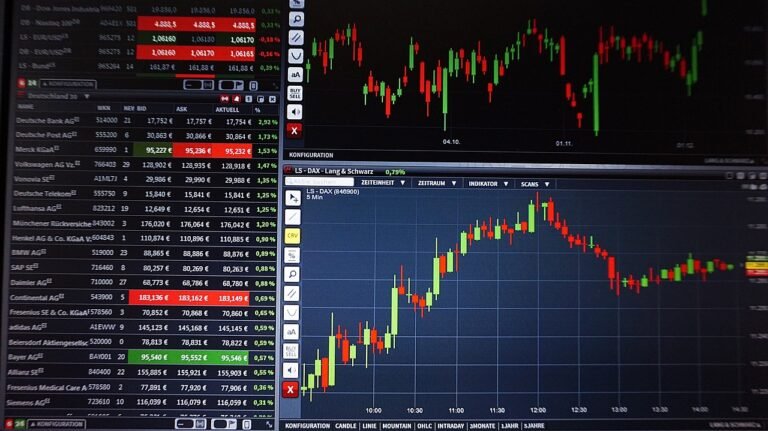
In forex trading, a trendline is a simple yet powerful tool that helps traders identify and follow market trends. By connecting key price points, a trendline provides a visual representation of the market’s overall direction, whether it’s trending upwards, downwards, or moving sideways. Understanding the function of trendlines is essential for making smart trading decisions.
1. Identifying Market Trends
One of the main functions of a trendline is to identify the market trend. When you draw a trendline, it helps you see whether the market is in an uptrend, downtrend, or simply ranging sideways. Recognizing the trend is crucial because it allows you to align your trades with the market’s current movement.
- Uptrend: In an uptrend, the trendline connects higher lows, signaling that buyers are in control. This is a time when traders might look for buying opportunities.
- Downtrend: In a downtrend, the trendline connects lower highs, showing that sellers are dominating the market. This suggests that selling opportunities could be more favorable.
2. Determining Entry and Exit Points
Trendlines also act as dynamic support and resistance levels. In an uptrend, the trendline serves as a support level, meaning the price might bounce off this line, creating a good buying opportunity. On the other hand, in a downtrend, the trendline acts as a resistance level, offering potential selling points.
By using the trendline as a guide, traders can enter a trade when the price nears the trendline and exit when the market moves in the opposite direction.
3. Spotting Trend Reversals
Another key function of trendlines is helping traders spot potential trend reversals. When the price breaks through a trendline, it could indicate a change in the market direction. For instance, if the price breaks below an uptrend line, it might signal the beginning of a downtrend, and vice versa for a downtrend.
This allows traders to adjust their strategy accordingly and reduce potential risks.
4. Setting Stop-Loss and Take-Profit Orders
Trendlines can be used to help set stop-loss and take-profit levels. In an uptrend, placing a stop-loss order just below the trendline helps protect against unexpected reversals. Similarly, in a downtrend, placing a stop-loss order just above the trendline can safeguard your trades.
For take-profit orders, traders might aim for key levels where the price has historically reacted to the trendline.
5. Understanding Market Sentiment
Trendlines give traders a simple way to understand the market’s sentiment. An upward trendline shows that the market is bullish, meaning buyers are in control. A downward trendline reflects bearish sentiment, indicating that sellers are driving the market. This easy-to-spot visual cue helps traders gauge the market’s mood and make informed decisions.
Conclusion
The trendline is an essential tool in forex trading for identifying trends, setting entry and exit points, spotting reversals, and understanding market sentiment. While they provide valuable insights, it’s important to use trendlines alongside other indicators to confirm signals and increase your chances of successful trades.